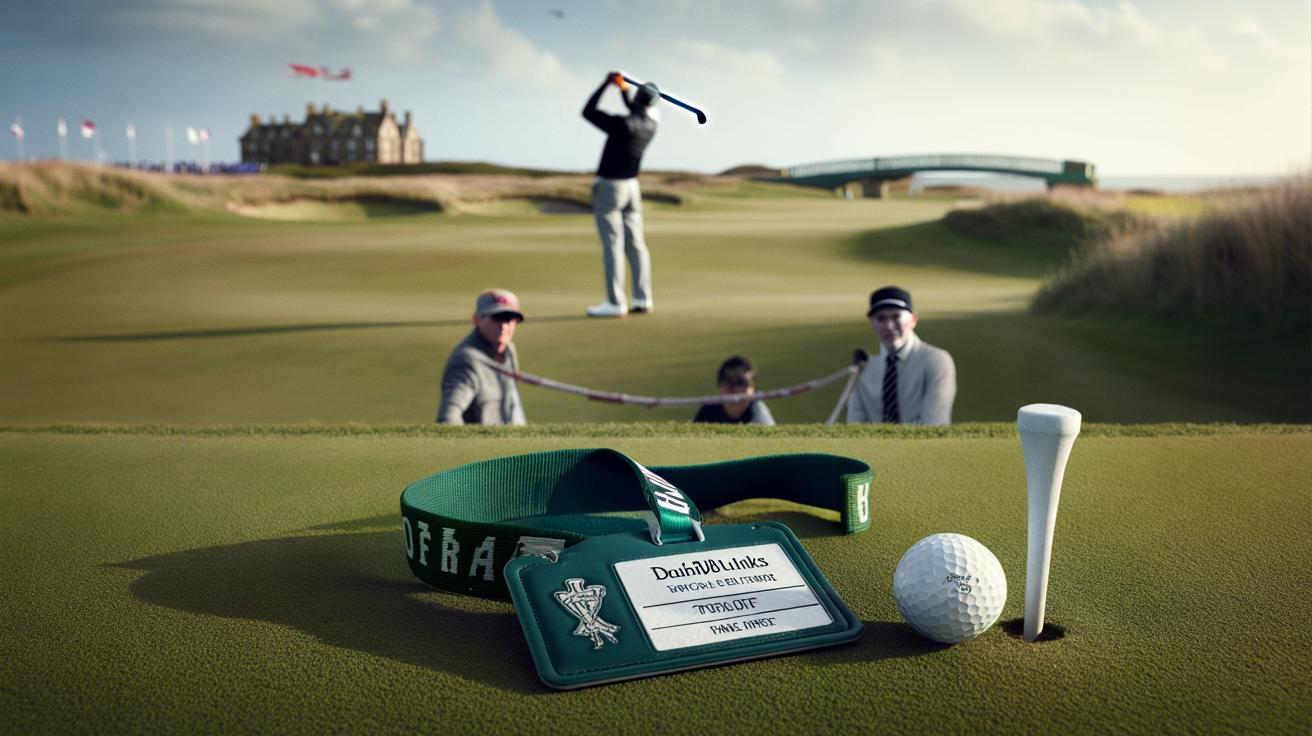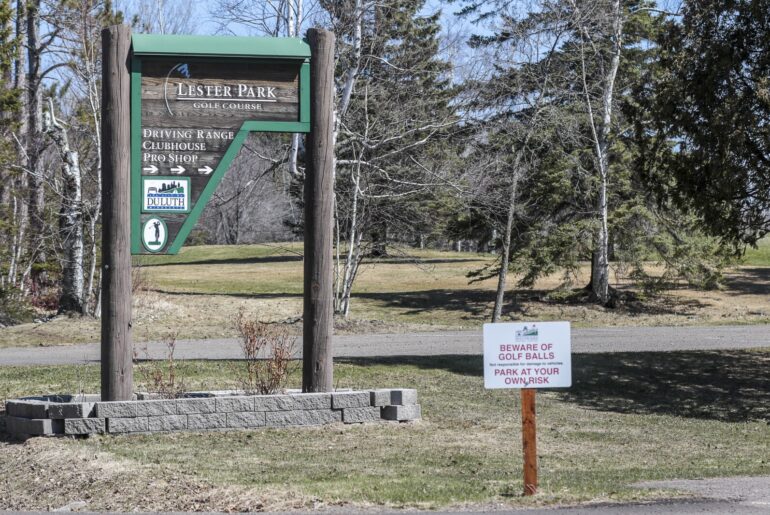Rumours, record rounds and celebrity tee-times swirl across Scotland this week, while one past champion stays conspicuous by absence.
The Alfred Dunhill Links is back across three storied Scottish courses, drawing major winners, film stars and household names. Andy Murray returns to the pro-am fairways. Chris Evans, the broadcaster who once lifted the team title with a record-smashing total, remains out after a storm over his handicap.
How a record win turned into a ban
Back in 2011, Evans paired with professional golfer Nick Dougherty and surged to a remarkable team total of 40-under-par. Their charge lit up St Andrews, Carnoustie and Kingsbarns and set a new benchmark for the celebrity-laced event. The number that wouldn’t go away, though, was not the score, but Evans’s 10 handicap.
Whispers quickly turned into pointed questions. Was a 10 too generous for someone firing scores that contributed to a runaway? Evans booked time off his radio programme to defend the title the following year. Instead, he was told he could not play. He later described the decision as a lifetime ban and suggested the reaction felt like playground politics when the wrong team wins.
Evans’s team posted a record 40-under. The handicap column, not the leaderboard, drove the fallout and the sanction.
He also joked about launching a rival “Dung Hill Cup” on the same dates, a wry nod to how contentious amateur allowances can become when trophies and headlines collide. More than a decade on, those questions still hang in the air. Mirror Sport has asked the organisers whether the exclusion remains in place today.
Murray’s latest cameo and the star-studded field
While Evans stays away, the pro-am line-up hardly lacks wattage. Murray, who has openly talked about chasing an Open Championship dream one day, tees it up again, using the Links as a rare competitive change-up from the baseline grind. He joins a who’s who of actors, musicians and sporting greats testing their nerve in a format that rewards both finesse and familiarity with links golf.
Screen icons: Michael Douglas and Catherine Zeta-Jones, plus comedy cult favourite Bill Murray.
Music names: Huey Lewis and Tom Chaplin of Keane.
Sporting royalty: five-time Olympic champion Steve Redgrave, Ashes winners Kevin Pietersen and Michael Vaughan, and South African rugby legend Morne du Plessis.
Transatlantic ties: Dustin Johnson with father-in-law Wayne Gretzky walking inside the ropes.
Home heroes: Ryder Cup winners Tyrrell Hatton (teaming with his father, Jeff) and Matt Fitzpatrick (paired with his dad, Russell) in the concurrent team event.
Why handicaps spark rows in pro-ams
Handicaps aim to level the field by converting ability into strokes received. In celebrity pro-ams, that promise of fairness can blur under pressure. Courses change with wind and setup. Amateurs improve or lose sharpness between official updates. Different formats — foursomes, better-ball, stableford — apply different allowances. A figure that seems fair in a Saturday club medal can look generous when a professional partner is holing from all angles.
At the Dunhill, the team competition runs alongside the individual professional event, sharing the same courses across the week. Amateurs receive an allowance based on their handicap, then combine with a tour pro in a best-ball style format. If an amateur has a hot streak, the score can tumble — spectacularly. That’s the thrill casual viewers love and the spark that can ignite suspicion in a field brimming with competitive instincts.
In mixed pro-am formats, a single well-timed net birdie can swing leaderboards by several shots over 54 or 72 holes.
Officials try to balance the fun with integrity. Typical safeguards include verified handicap certificates, capped allowances, and rules that reduce the impact of a very high handicap on short par-fours where net eagles arrive too easily. Even so, perception matters. When a team shatters records, rivals ask whether numbers on paper match performance on grass.
What organisers say now
The tournament’s administrators have not publicly detailed the original disciplinary decision. Evans has said he was barred for life after winning in 2011, and he made light of it at the time. The Mirror has requested clarification on whether the prohibition still applies more than a decade later. As of this week, the silence remains, and the absence is doing the talking.
Year
Partnership
Team score
Handicap at issue
Outcome
2011
Chris Evans & Nick Dougherty
−40
10 (Evans)
Won; controversy over allowance
2012
—
—
—
Evans says he was banned for life
Where Murray fits into the picture
Murray’s presence underscores how this week blends sport and showbusiness with just enough jeopardy to feel meaningful. The Scot has spoken about testing himself against links conditions and, one day, chasing qualifying for The Open. Playing the Dunhill pro-am offers course exposure, pressure, and a chance to learn from tour players who manage crosswinds and tight lines for a living.
Does Evans’s case affect Murray? Not directly. But it shapes the mood music. When a high-profile amateur disappears after a record, every returning celebrity knows they’ll face sharper eyes on their handicap, their etiquette, and the legitimacy of every net stroke that counts.
How handicaps are checked — and how yours stacks up
Curious where a 10 fits? Under the World Handicap System, your index adjusts to the course rating and slope to produce a course handicap. On a links test, wind and firmness can widen the gap between gross and net scores. If your index sits at 10.0 on a par-72 with a course rating of 73.0 and a slope of 130, expect a course handicap in the low teens. In a best-ball team, a few net birdies quickly mount up.
To keep a friendly pro-am fair, many organisers:
Request a recent, verifiable handicap index and playing record.
Apply percentage allowances rather than full shots for net formats.
Cap the maximum allowance on short holes where net eagles can distort results.
Monitor exceptional scoring and adjust allowances round by round if needed.
What this means for celebrity fields — and for you
High-profile pro-ams live on star power and watchability. The tighter the handicap control, the more players trust the result. For casual golfers, the lesson travels home: keep your index current, play by the book, and expect scrutiny when your net card runs red. Fairness isn’t just a rule; it’s a reputation.
If you fancy a reality check, run your last 20 scores through a handicap calculator and note the differential spread. Then imagine swapping your Saturday partner for a Ryder Cup winner in a better-ball format. The combined effect explains how a team can sprint to deep red numbers without anyone “cheating” — and why those numbers still raise eyebrows when silverware is on offer.







